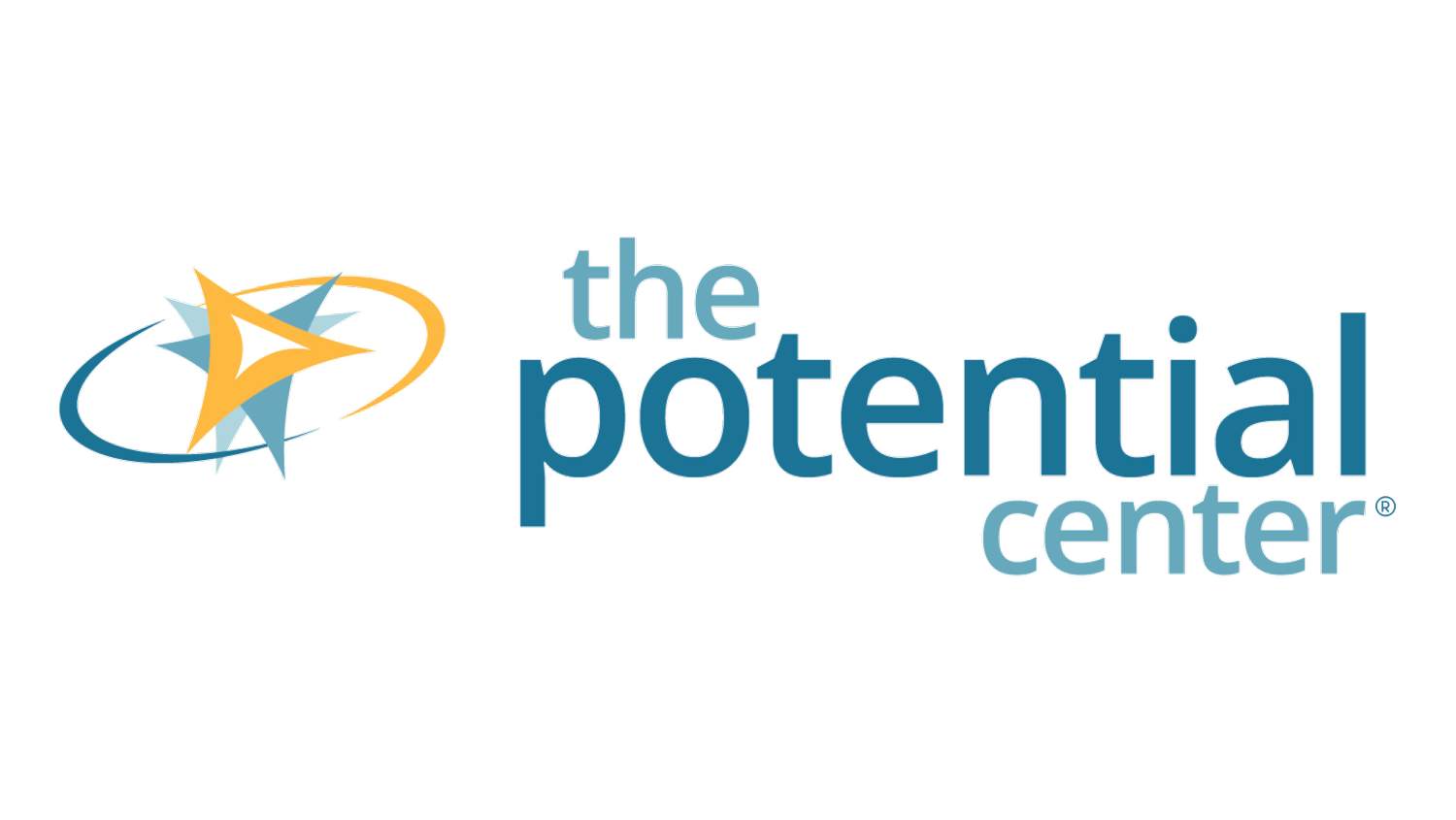Are you experiencing high turnover?
High turnover = staff that aren’t engaged
“65% of the U.S. workforce is not engaged”
What does “being engaged” mean?
First and foremost, employee engagement is an emotional response. The term “employee engagement” relates to the level of an employee's commitment and connection to an organization. An engaged employee is someone who is fully absorbed by and enthusiastic about their work, and they feel their efforts to make a difference are recognized. They feel they belong to a team, and they know there are consequences for the whole team when they don’t come through.
Levels of engagement
There are three levels of engagement:
Engagement with their organization has to do with confidence in its leadership as well as how they are being treated.
Engagement with their manager has to do with feeling valued, having a strong working relationship, and mutual respect.
Engagement with their team has to do with a sense of belonging, trust and mutual support.
Why having disengaged staff is a problem
Having disengaged staff has a number of repercussions. One is high staff turnover. This on its own is bad enough when you consider the costs that come with hiring and training new staff. But when you also take into account the institutional knowledge that walks out the door, well, in the words of a well-known ad: the knowledge you lose is priceless.
The benefits of improving engagement
When staff are engaged, you’re more likely to retain top performers. Not only that, there are additional benefits such as improved organizational performance, more loyal customers, and an increased likelihood that your organization will thrive.
Specifically, you’ll find that:
Staff are proactive about taking action and raising concerns, and are enthusiastic about carrying out tasks.
Staff understand their purpose, along with where and how they fit in to the whole organization’s purpose.
They have a level of loyalty to their organization that goes beyond the paycheck.
Their positive action contributes to the organization’s reputation.
They recover more quickly after internal changes and setbacks.
Engagement is a key differentiator when it comes to growth and innovation: engaged staff are willing to go the extra mile to get things done, and they’re more willing to withstand the risks of working towards innovation.
Getting to engagement
I’m passionate about seeing individuals and organizations live up to their potential. I’ve found that the most efficient way to do this is through creative problem-solving and developing a culture of innovation.
I created the Light Bulb Thinking™ framework to help leaders like you de-mystify creative problem-solving, and to foster curiosity, critical thinking, and unique solutions. For teams, Light Bulb Thinking activates a shift from “fight,defend,ignore” to “know,like,trust”.
Uniquely, I merge developing leadership skills and facilitating team-based creative problem-solving in my coaching and training. I pioneered this approach because my 10+ years’ experience as an organizational trainer and coach, and my own experience as a manager, has led me to one key truth: Combining leadership development and making creative problem-solving happen is the fastest route to being an effective leader of a high-performing team.
What creative problem-solving could look like for your team or organization
Although everyone has the potential to be a creative thinker, not everyone believes they have this ability. If you follow my recipe and use it repeatedly, you’ll experience a more stable, engaged team as well as outcomes that improve your bottom line.
If you want to see what Light Bulb Thinking™ could look like for your team or organization, let’s hop on a call and get curious. Contact me at Ellia@ThePotentialCenter.com to arrange a time to talk.
If you’d like to see what tapping into creative potential could look like at your place of work, contact me at Ellia@ThePotentialCenter.com to arrange a call.

